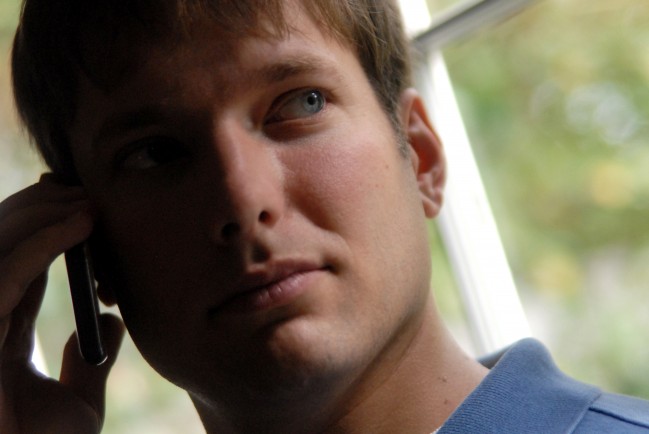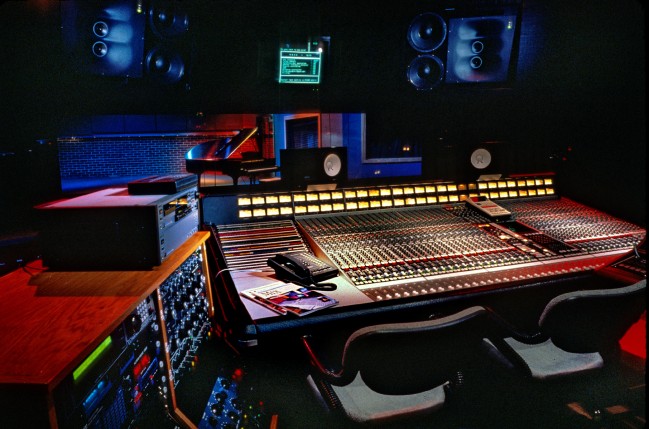
The last two blogs dealt with aperture and shutter speed. Each one has it’s own set of characteristics and functions. They represent different physical phenomenons. Both phenomenons can be related to the functions of the human eye. What is a camera…a tool for collecting light. The same can be said about the human eye, hence, the connection.
Although shutter speed and aperture have very different functions, we need to remember their main and most common function…balance. They MUST ALWAYS balance or your image, typically, will only be a failed experiment.
Learn More
Shutter Speed settings can either be the death of a picture or it’s new given life.
Basically, If you are trying to get a crisp photograph with no shutter movement and your shutter speed setting causes unwanted movement in the photograph, there usually is no of saving the image. A great rule of thumb for eliminating “shutter jitter” is to keep your shutter speed as close to the millimeter focal length of the lens you are using i.e. 125 shutter speed for a 135mm lens, 250 shutter speed for a 200mm lens, etc.
Learn More
In a past blog, “Which Mode Do I Use?”, I covered some basics about aperture and shutter speed functions. Although they work to balance each other, there are basic properties that should be taken into consideration when taking a photograph. The type of photo, lens selection, subject matter and your pre-vision of the image should be taken into account.
For purposes of this blog, we will start wide and work close for our examples.
Learn More
Many times, photographers are asked to pull rabbits out of their hats, so to speak. They are expected to get the definitive shot, of any given situation, at any given moment. Usually because of limited budget and time constraints photographs are usually taken in a “now or never” scenario.
In the past, when dealing with film, the photographer had to get the best shot he could with the limitations at hand and hopefully the client would understand the predicament posed upon the photographer.
Learn More
One of the perplexing questions a photographer must ask himself is “What mode do I use for certain situations”, especially a novice photographer. In actuality, different modes can and should be used at different times, depending on the situation. It helps to understand what the modes “do” and how they work. Understanding the basic “physics” behind all of the camera controls is imperative. Specifically, aperture and shutter speed.
(more…)

Bracketing is a technique that can salvage any image that you really need, as far as exposure is concerned.
As a photographer, your mission is to “Get the Shot” no matter what it takes. After all, if you don’t, there’s not much reason to take the picture, is there? So, get the picture! That way, you and your client can reap the benefits of any image.
Learn More